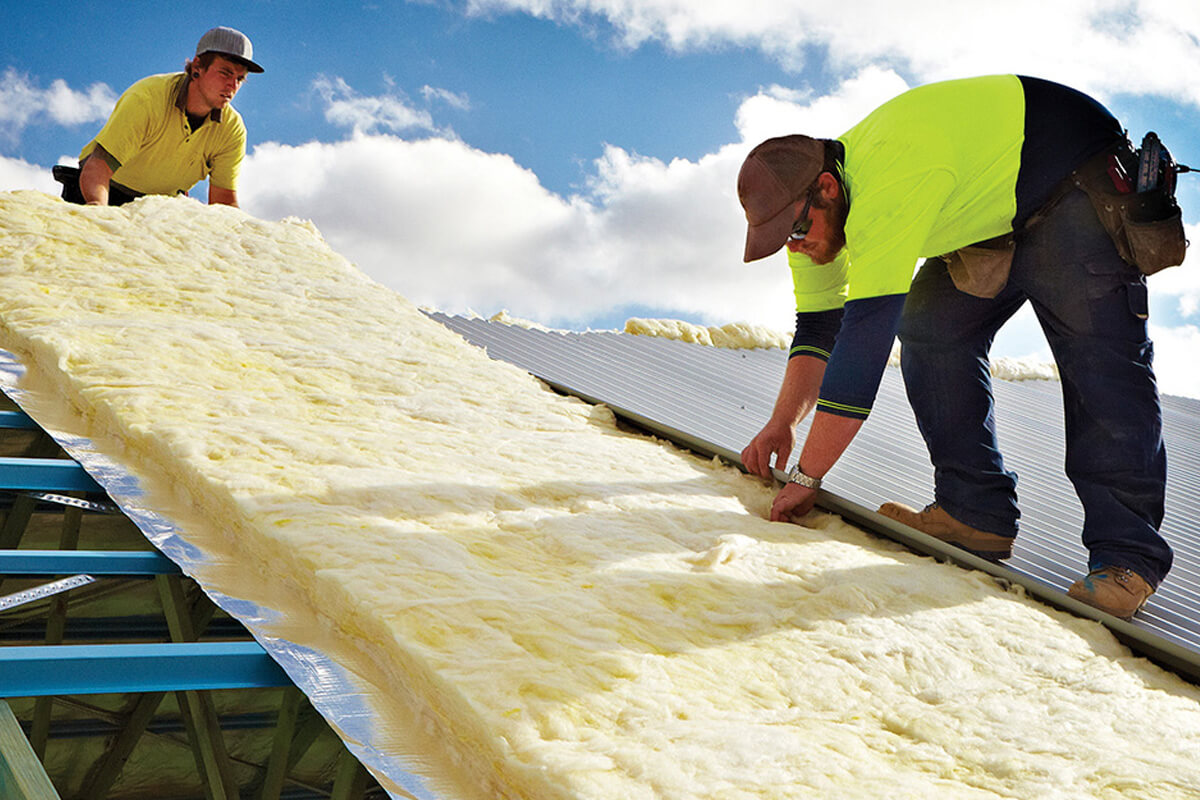Roof Insulation Installer: How The Skilled Installer Does The Job?
Roof insulation is one way to help in maintaining temperature regulation and energy efficiency in buildings. Proficient roof insulation installers are responsible for proper installation, which optimizes comfort and energy savings.
Working on the assessment and planning the installation
The roof installation process starts with a thorough assessment. These professional installers inspect the roof to evaluate the current condition. They also include identifying pre-existing issues or damage. Some factors that were carefully considered upon the installation are:
- roof type
- structure
- material
Additionally, they check for ventilation systems, leaks, and mold presence. According to the evaluation, they have determined the appropriate installation technique and insulation material.

Material selection
A roof insulation installer can work with several materials, including:
- Spray foam. A type of roof insulation that provides excellent air-sealing properties.sealing properties. Specialized equipment is used by the installer to spray the foam evenly on the surface. The foam has expanded and filled gaps, which provide both air barrier and insulation.
- Fiberglass batts. This is a type of roof insulation material commonly used for residential properties. Installers cut batts to suit snugly between the roof joists or rafters. The installer ensures the coverage is complete without compressing the material because it reduces insulation efficiency.
- Reflective insulation. The type of roof insulation material to reduce radiant heat. The insulation is directly applied under the roof sheathing. The installers will ensure the air gap reflects radiant heat effectively.
- Rigid foam boards. A roof insulation material that is ideal for commercial buildings and flat roofs. The boards are prepared like measures and cut using mechanical fasteners or adhesive. Joints are sealed with foam sealant or tape to keep from air leaks.
The material depends on different factors, such as:
- Climate
- Budget
- Building design
Roof insulation installation process
The installer ensures the roof is dry and clean before installing the roof insulation. Damaged areas are repaired first before installation, including the obstructions, such as:
- old insulation
- debris
If there are protective measures installed, they must also be removed, such as:
- covering windows
- flooring
Clearing the area is important before doing the roof insulation process. The gaps are sealed by the installer to ensure the installation is done right. Once all are set, the insulation is installed according to the instructions, to ensure proper ventilation and the vapor barrier prevents moisture buildup.
The safety measures
A roof insulation installer follows stringent safety protocols. The installers are wearing protective gears to ensure that the installation cannot cause any harm, such as:
- gloves
- goggles
- respirators
For elevated work, these installers are using harnesses and ladders to keep from falls.
Doing the quality check and clean-up
After the installation, a quality check will be conducted to ensure proper sealing and even coverage. The roof insulation installer inspects for exposed areas or gaps that lead to energy loss. The installers clean the worksite by removing debris and waste materials, it is done after the installation is completed.
Safety management is also a priority that these installers will ensure after installing the roof insulation.
Conclusion
The roof insulation installer will work on enhancing the energy efficiency of the building. The installer is an expert in choosing the right material to reduce energy costs.
